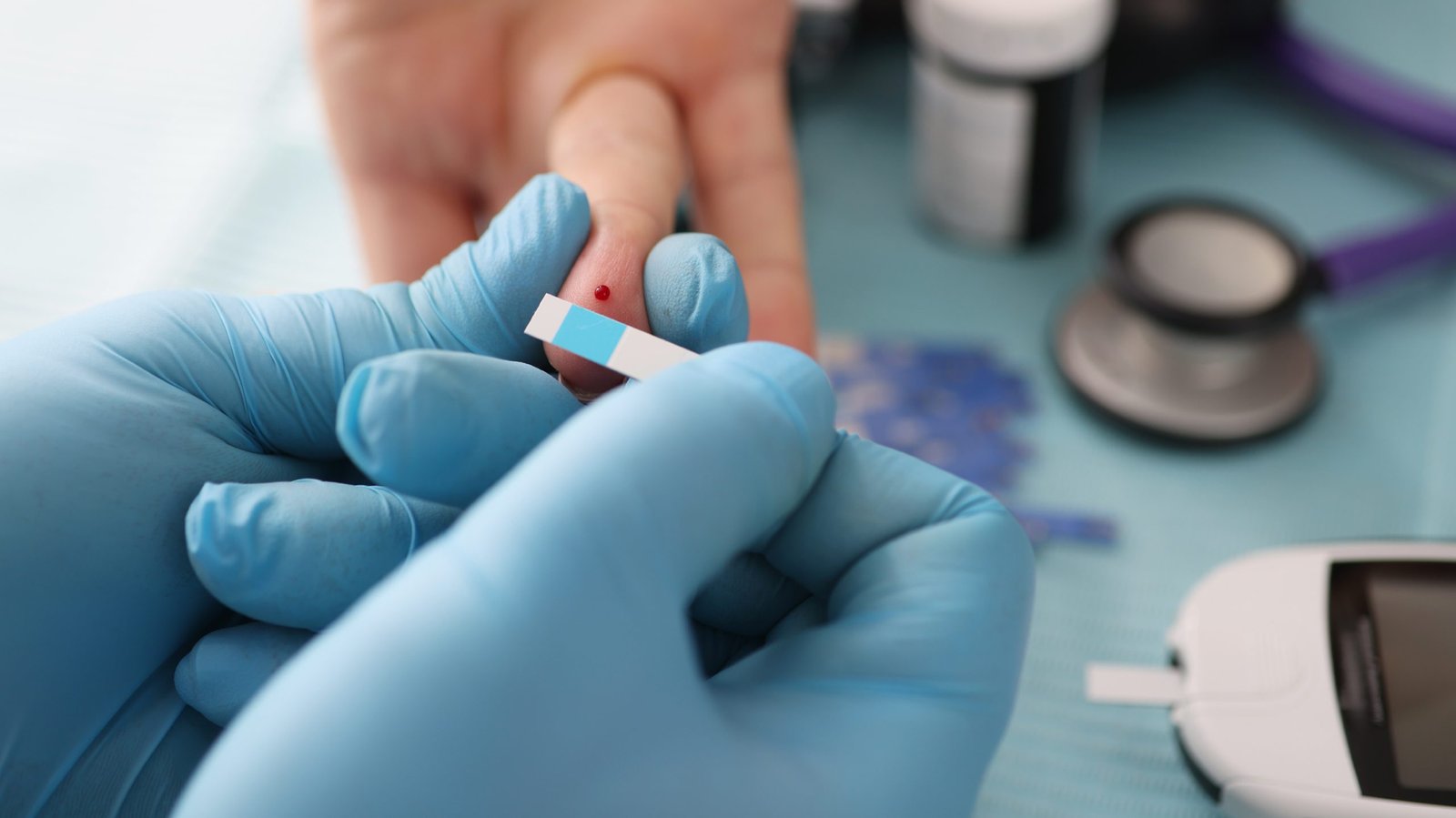
Cord blood banking involves collecting potentially life-saving stem cells from the umbilical cord and placenta and storing them for future use. These stem cells are immature and have the unique ability to transform into various types of cells.
When having a child, there are countless things to consider. One important aspect is the blood from your baby’s umbilical cord, which connects the baby to the mother during pregnancy. This blood was once discarded at birth, but now many parents choose to store it for their child’s future health. Is this something you should consider?
The blood found in a newborn’s umbilical cord, aptly named cord blood, is rich in stem cells.
A quick primer on stem cells: Embryonic stem cells are renowned for their remarkable versatility, capable of developing into a wide variety of cells. They can transform into brain cells, kidney cells, muscle cells, and more.
Adults also possess stem cells, though they tend to be less versatile. Stem cells from cord blood don’t fit neatly into either category but are more akin to embryonic stem cells. They are often referred to as cord-blood-derived embryonic-like stem cells, or CBEs. These stem cells can be transplanted into a person’s body to rebuild bone marrow and rejuvenate the immune system. Stem cells have saved lives of individuals with leukemia, lymphoma, and sickle cell anemia. They have also cured certain rare inherited genetic disorders and immune deficiencies. While not a guaranteed cure, they hold significant potential when used in the right situations.
In simple terms, cord blood banking involves storing umbilical cord blood for future use, much like a blood bank, sperm bank, or egg/embryo storage facility.
The umbilical cord fluid contains abundant stem cells that hold promise in treating conditions such as cancer, blood diseases like anemia, and certain immune system disorders that compromise the body’s defense mechanisms.
Collecting the fluid is straightforward, and it contains ten times more stem cells compared to those obtained from bone marrow.
Stem cells sourced from cord blood seldom harbor infectious diseases and are only half as prone to rejection as adult stem cells.
If you wish to store the cord blood in anticipation of a future illness affecting your child or another genetically matched family member, smart cells as a private cord bank provides that option.
Private cord banks offer you autonomy regarding the fate of the cord blood. Regardless of the type of cord blood banking you plan to utilize, conducting thorough research is crucial to ensure that it adheres to appropriate protocols for collecting, transferring, testing, and storing cord products.
Also, consider that your choices for cord blood banking might be restricted depending on your location or birthing circumstances. Private cord blood banks may require advance notice to dispatch a collection kit, so depending on your proximity to giving birth, utilizing one might not be feasible.
If you wish to store the blood, following the birth, the doctor clamps the umbilical cord in two locations, approximately 10 inches apart, and then cuts the cord, separating the mother from the baby. Subsequently, a needle is inserted to collect a minimum of 40 milliliters of blood from the cord. The blood is then sealed in a bag and dispatched to a laboratory or cord blood bank for testing and storage. The procedure is brief, lasting only a few minutes, and is painless for both the mother and the baby.
The cord blood bank might also include tubes for the mother’s blood to be taken. If this is the case, the banking kit will contain instructions along with blood collection tubes.
Read feedback by cord blood banking clients:
Understanding Cord Blood explained | Banking Guide | UAE (smartcells.ae)
In the future, there is growing anticipation for an increased utilization of stem cells, as researchers aspire to apply them in treating various conditions such as Alzheimer’s, diabetes, heart failure, spinal cord damage, among others. Storing your child’s cord blood cells now could potentially prove beneficial in the future for combating these diseases. It appears to hold promise in numerous prospective treatments.
Families might opt to preserve cord blood in a private bank as a preventive measure or as a proactive step. When stored preventively (i.e., without a foreseeable need for hematopoietic cell transplantation within the family), cord blood is often seen as a type of “biological insurance.” In preemptive banking, a family member is either known to have or is at a heightened risk of developing a condition that may necessitate a transplant. In 1997, the American College of Obstetrics and Gynecology emphasized, “Parents should not be offered this service without a realistic evaluation of the potential benefits.”
Following this, in 1999, the American Academy of Pediatrics (AAP) advised that, “due to the challenge of accurately predicting the necessity for autologous transplantation and the ready availability of allogeneic transplantation, storing cord blood privately as ‘biological insurance’ is not advisable. Nevertheless, banking should be considered if there exists a family member with a present or potential requirement for stem cell transplantation.” This perspective was reaffirmed by the AAP in 2007, and the Council on Ethical and Judicial Affairs of the American Medical Association (AMA) as well as the American Society for Blood and Marrow Transplantation have recently echoed similar stances. Despite these advisories, the proliferation of private cord blood banks has continued unabated.
Both parents and medical professionals require clear guidance regarding the decision to opt for or recommend private cord blood banking. Given that hematopoietic cell transplantation (HCT) physicians are tasked with selecting appropriate stem cell sources for transplantation and are the primary clinicians who may utilize privately banked cord blood units for therapeutic purposes, their perspectives on private cord blood banking are particularly relevant. Moreover, due to the majority of potential recipients being children, decisions regarding the use of privately banked autologous or allogeneic cord blood versus other available stem cell sources are most pertinent to pediatric transplant physicians. Hence, we conducted a survey among pediatric HCT physicians in the United States and Canada to ascertain the following: 1) their clinical experiences with HCT utilizing privately banked cord blood; 2) the scenarios in which they might consider utilizing autologous cord blood as a stem cell source; and 3) their recommendations for prospective parents regarding prophylactic cord blood banking.
References:
https://www.healthline.com/health/cord-blood-banking#collection
https://www.webmd.com/baby/should-you-bank-your-babys-cord-blood
Related Events

Smart Cells Laboratory Grand Opening
February 8th marks the grand opening of our first laboratory in the Middle East, and our Group's 14th laboratory worldwide. Smart Cells International, a proud member...

Cord Blood Banking FAQ’s
Should I consider using cord blood banking? In recent years, several companies have promoted a service for cord blood banking leftover umbilical after birth. This banked...

Diabetes and Stem Cells
Can you imagine the hope in diabetes and stem cells? Overview Before we talk about the relation between diabetes and stem cells, let’s talk about the...
Find out more
Claim your free guide online or talk to us to find out more
Accreditations